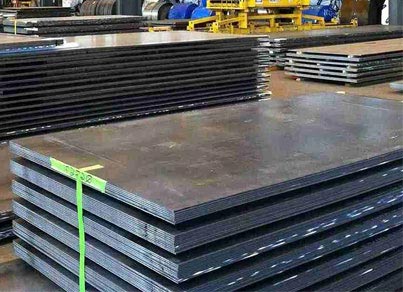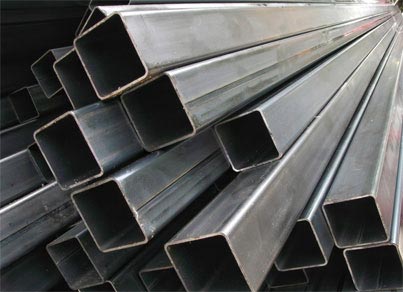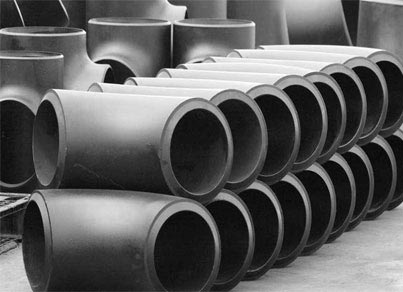Welcome to our Steel Worlds Industries
E-mail us
steelworldsindustries2018@gmail.com
Usually have a carbon content of between 0.04% and 0.30%. The largest category of carbon steel is this one. The shapes it covers range greatly, from Flat Sheets to Structural Beams. Other elements are decreased or increased based on the desired qualities required. It is flexible, malleable, and soft. Steel bars, stamping-resistant components, specific steels, etc., are among the things it mostly produces. The surface hardness of low-carbon steel can be improved through the carburizing process, making it more abrasion resistant and boosting its strength even further.

It has a typical carbon value between 0.31% and 0.60% and a manganese content between.060% and 1.65%. Although this product is more difficult to mold, weld, and cut than low-carbon steel, it is stronger. Heat treatment is a common method for hardening and tempering medium carbon steels. It is ideal for producing products like gears and studs that will endure a lot of wear and tear. Medium carbon steel can be heated and maintained at a constant temperature until it reaches the desired hardness, then soaked and cooled if more hardening is required. The production of stainless steel is the primary goal.

It is frequently referred to as “carbon tool steel” and usually contains carbon content between 0.61% and 1.50%. Cutting, bending, and welding high-carbon steel is particularly challenging. It gets exceedingly hard and brittle after being heated. High-carbon steel can be made with chromium and manganese alloys added to assist the material resists corrosion. The primary applications are steel doors, rails, knives, general bearings, and steel frame molds (used to shape steel).

| Property | Details |
|---|---|
| Grades | A36, 1018, 1020, 1045, 1050, S235, S275, S355, EN8, C45 |
| Material Type | Low Carbon Steel (Mild Steel), Medium Carbon Steel, High Carbon Steel |
| Standards | ASTM A36 (Structural Steel), ASTM A106 (Pipes), ASTM A234 (Fittings), EN 10025 (Structural Steel), JIS G3101 |
| Chemical Composition | Primarily Iron with Carbon content: Low (0.05-0.25%), Medium (0.25-0.60%), High (0.60-1.5%) |
| Corrosion Resistance | Low corrosion resistance, typically requires surface protection (e.g., painting, galvanizing) |
| Mechanical Properties | Tensile Strength: 400 - 850 MPa, Yield Strength: 250 - 500 MPa, depending on grade and heat treatment |
| Applications | Construction, Shipbuilding, Automotive, Pressure Vessels, Pipelines, Machinery, Bridges |
| Heat Treatment | Can be annealed, normalized, hardened, and tempered to modify mechanical properties |
| Surface Finishes | Hot Rolled, Cold Rolled, Galvanized, Painted, Black Oxide |
| Weldability | Excellent weldability, especially in low carbon steels like A36 and 1018 |
| Available Forms | Plates, Sheets, Bars, Pipes, Tubes, Structural Shapes |
| Advantages | Cost-effective, good machinability, excellent strength, widely available, versatile in applications |
